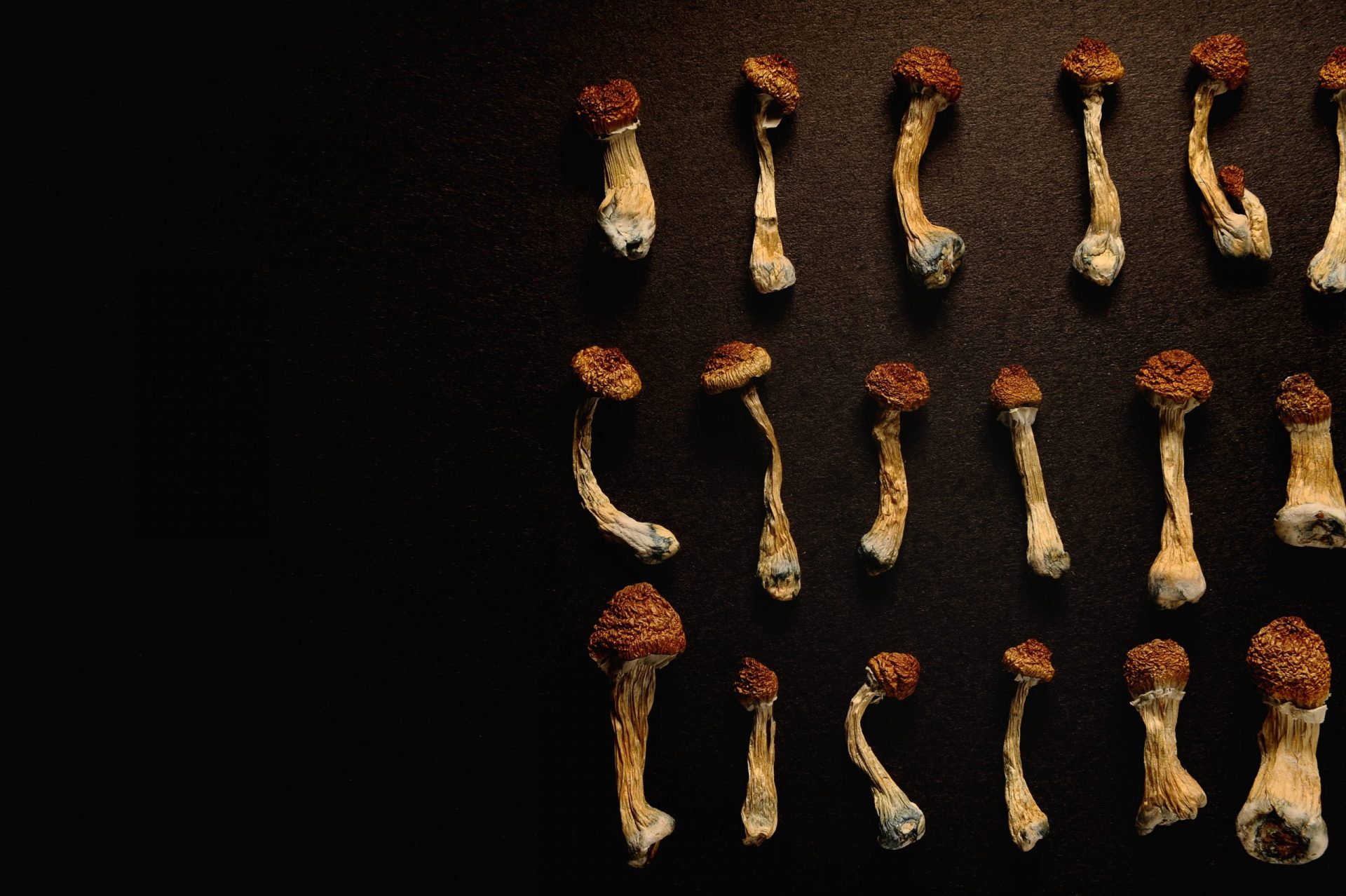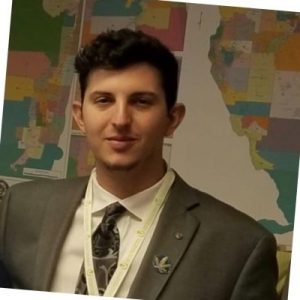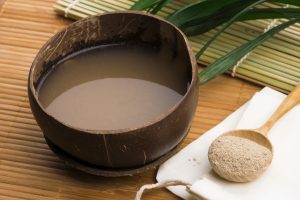Profiting on Prohibition - The War on Drugs
At the end of 1933, the United States watched alcohol prohibition fail, and prohibitionists needed a new enemy to wage a war on… their job’s depended on it. Enter the “War on Drugs.”
“Marijuana” was the plant with its “roots in hell,” as some publications of this time-period called it. Many Americans regularly used cannabis (“marijuana”) extracts as daily medicines for decades, doctors recommended it for dozens of conditions, and farmers grew the industrial low-THC variety called hemp. However, the government decided it had to stop. This would eventually result in a vicious racially motivated campaign by Harry Anslinger. Anslinger was the head of what would become the U.S. Drug Enforcement Administration (DEA) and he played a large role in changing the name of cannabis to “marijuana” to make it sound more foreign and “Mexican.”
The pharmaceutical industry expressed issues with the “raw marijuana plant” because it wasn’t yet an easily patentable and profitable medicine. The textile industry had issues with the hemp plant’s uses since it competed with their crops. Many racially motivated unscientific propaganda pieces were created, and eventually lawmakers decided “marijuana” would be their enemy.
Lies, Lies, Lies
Prohibitionist, Henry Anslinger, members of other parts of the government, and the private industries funding their “war” all failed to differentiate between different varieties of “marijuana” (cannabis). Further, they admitted it was already in use, admitted it had medicinal value, and admitted their claims were unscientific. Worst of all, they intentionally lied to U.S. public.
Instead of being honest about the risks and benefits of cannabis, or even allowing it to be used in its non-smokable oil form, the government clumped all types of cannabis and its users into one category. “Bad” was that category.
More Setbacks and the War on Drugs
By 1937, the Marijuana Tax Act (MTA) became law, this made possession of cannabis punishable by $2,000 fine and up to five years imprisonment. This is did little to stop use and created a thriving black market.
Decades later, a similar law to the MTA which sought to criminalize marijuana was found unconstitutional, this resulted in another failed attempt to properly classify substances when the United States Controlled Substances Act (Title 21 United States Code (USC) Controlled Substances Act (CSA) became effective in May 1, 1971.
The CSA was enacted under President Nixon’s administration, one credited with reigniting the war on drugs. In 1972, Nixon rejected a report provided by The Shafer Commission, this report stated “marijuana” (Cannabis sativa L.) should be legal for personal use. Instead of taking the information provided by experts he appointed to study cannabis, Nixon made racist and anti-Semitic comments about all illegal drug users and further demanded strong actions be taken against them.
And now…
Fast forward almost half a century later and cannabis is still considered a schedule I drug by the CSA; This means the U.S government continues to classify it as having no medical value and a high potential for abuse, the same as heroin, PCP, LSD, and other drugs the government has determined to have no medical value and a high potential for abuse. It does not take a toxicologist, medical doctor, attorney, or any expert to understand cannabis is very different than the similarly classified substances. And the fact that it is already legal medicinally in 33 states.
Hypocrisy is not a strong enough word to explain to disparity between scientific, medical, empirical, and anecdotal evidence for cannabis versus how the U.S government treats it. This misclassification is an artifact of Nixon and Anslinger’s racism and the unscientifically motivated war on drugs.
Scheduling and Research
By forcing cannabis to remain a Schedule I drug, approval for research is more challenging, the quality of research and research material is lower, the material used is much different than the products actually used by Americans, public perception is skewed, and trust in government is lost. This is because the U.S. Drug Enforcement Agency (DEA) and the University of Mississippi jointly hold a monopoly on the growth of research cannabis.
The DEA has refused to process cannabis research contracts, leaving only the University of Mississippi producing cannabis able to supply the National Institute of Drugs of Abuse (NIDA). Researchers interested in studying in cannabis must go through a lengthy and often unsuccessful process to get the cannabis they need for their studies. In addition to the difficulty in studying cannabis, most research that is conducted is designed and funded for the purpose of finding harm, much more so than for efficacy to treat symptoms or conditions. This alone has resulted in misguided public opinion and the lack of actual experts.
Enter Psilocybin and Other Plant Medicines
Most of the issues cannabis policy faces and continues to face are applicable to psilocybin as well. Psilocybin is the active component found commonly in, but not limited to, the genus of mushrooms known as Pscilocybe. It is known for producing mystical-type experiences, hallucinations, relief of PTSD, anxiety and depression. Research has shown efficacy for guided experiences, or “trips.”
Psilocybin is classified as a schedule I drug, even though the U.S. Food and Drug Administration (FDA) has approved numerous studies that have resulted in evidence of medicinal value, this disparity in classification and reality is shared with cannabis.
Recently, a study published in the Lancet by Nutt et al. determined “psilocybin mushrooms” to be the least harmful drug studied. In that study, alcohol was rated the most harmful cumulatively to individuals and society, heroin and crack were close seconds. A study on drug related emergency room visits has shown mushrooms cause the least amount of emergency room visits compared to other drugs, both legal and illicit. In fact, mushrooms caused far less emergency room visits than cannabis did.
Change is Coming
Currently, local governments across the United States are decriminalizing mushrooms and other entheogenic plants and fungi. These advancements are welcomed as expected following widespread cannabis legalization.
Once the general public understands they were lied to about cannabis, it can be easier for them to understand how other plants and fungi can be safer and more beneficial than as previously “advertised” by Uncle Sam.
The reality is humans have been using plants and fungi for medicinal and spiritual purposes well-before any civilizations or laws were made, and they will continue to do so. Instead of painting all substances and their users with a broad brush, science and history alike can lead us to a more appropriate means of “safety.”
By removing harmful legal barriers and replacing fear-mongering with science, we can continue the path to healthier use and understanding of these powerful plants and fungi.





